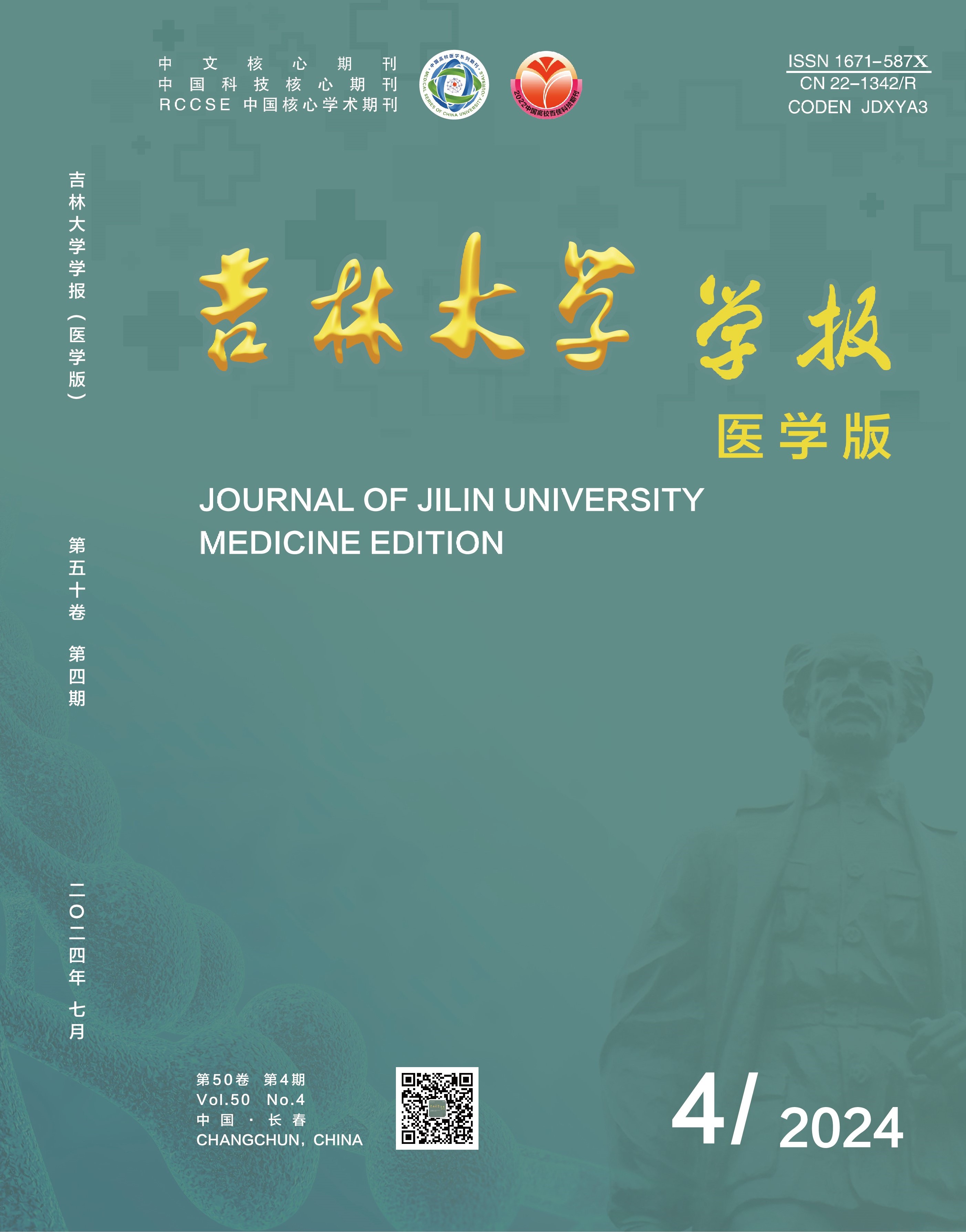Objective: To detect the drug resistance rates of Helicobacter pylori (Hp) to three common antibiotics,and to explore the mutation forms of drug resistance genes in order to provide the basis for elucidating the molecular mechanism of drug resistance.
MethodsThe gastric mucosa samples from 35 patients with chronic gastritis or peptic ulcer were isolated and cultured to identify Hp.The minimal inhibitory concentrations (MIC) of Hp to clarithromycin, metronidazole and levofloxacin were detected by the agar dilution method and Hp was divided into sensitive group and resistant group according to the results of the drug sensitivity test.The clarithromycin resistance gene 23S rRNA, metronidazole resistance gene rdxA, and levofloxacin resistance gene gyrA were amplified by PCR method. The nucleotide and amino acid mutations were analyzed after the sequencing of PCR purified product.
ResultsAfter cultured for 3-5 d, smooth, translucent, needle-like colonies could be seen on the plate of Hp strain. All 35 Hp strains were resistant to metronidazole and levofloxacin, the resistance rate to clarithromycin was the highest(80%). Compared with the sensitive strains, all the clarithromycin- resistant strains had gene mutations. The most common mutation site of the 23S rRNA gene was A2143G, followed by mutation sites A2223G and A2142G+A2164G. The rdxA gene of metronidazole resistant strains mainly had missense mutations, followed by frameshift mutations and nonsense mutations. The N87K mutation in the gyrA gene of levofloxacin resistant strains was the highest, followed by the D91N mutation, N87I, D91G, and N87K+D143E mutations,but 17.1% of the resistant strains did not have any site mutations.
ConclusionThe resistance rates of Hp to clarithromycin, metronidazole, and levofloxacin are high, and the mutations of related drug resistance genes are the main cause of the antibiotic resistance. Screening these mutations may help to prevent the antibiotic resistance and select the appropriate antimicrobials to eradicate Hp.

 Table of Content
Table of Content
 Guide to Authors
Guide to Authors


